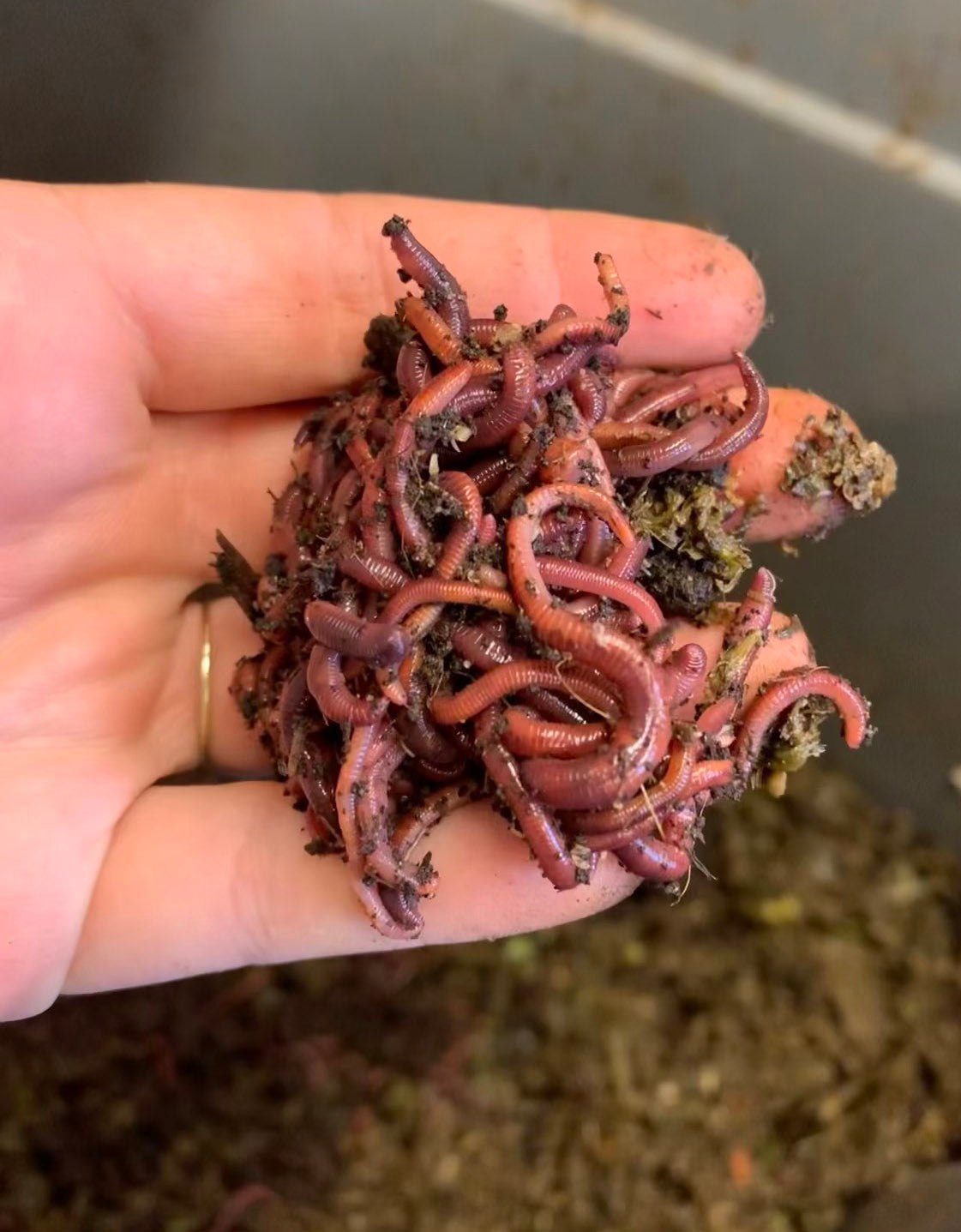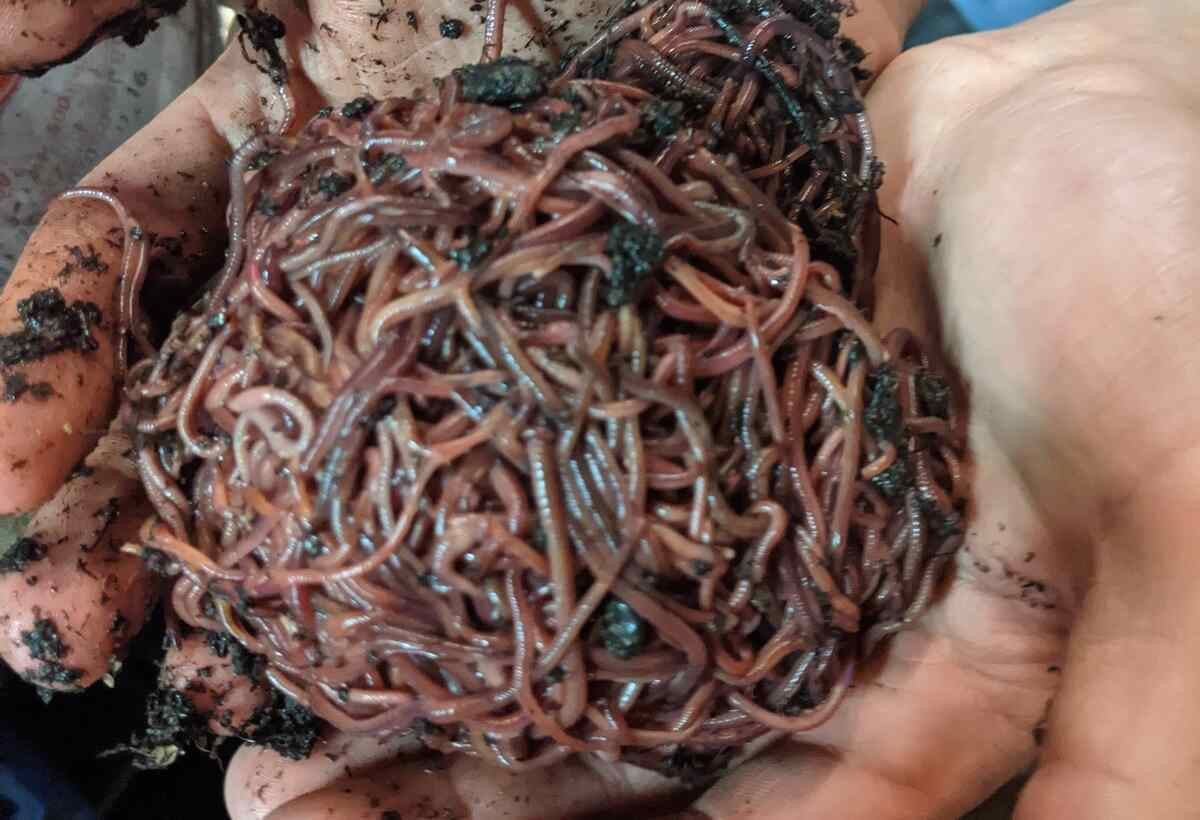Find the Best Products for Lawn Care with Red Wiggler Express for Thriving Lawns
Find the Best Products for Lawn Care with Red Wiggler Express for Thriving Lawns
Blog Article
Red Wigglers: The Unsung Heroes of Organic Waste Recycling
Red wigglers, or Eisenia fetida, act as vital agents in the organic waste reusing procedure, changing discarded materials right into valuable vermicompost. Their efficient malfunction of organic matter not only boosts soil high quality yet likewise adds to lasting waste management practices. As the world significantly looks for services to deal with waste build-up and improve agricultural performance, understanding the role of these worms ends up being necessary. What systems enable them to prosper in compost settings, and how can they be successfully made use of in both residential and commercial settings? Exploring these inquiries exposes the more comprehensive effects of vermicomposting in our ecological landscape.
What Are Red Wigglers?
The impressive durability of red wigglers, medically called Eisenia fetida, underscores their essential function in natural waste recycling. These little, reddish-brown earthworms are typically found in disintegrating organic matter, such as compost heap and manure stacks. Lake Hickory Bait. Unlike various other earthworm species, red wigglers thrive in nutrient-rich settings and are very efficient at damaging down organic materials, making them essential for vermicomposting

(Lake Hickory Bait)Along with their role in waste reduction, red wigglers add to dirt wellness by improving soil framework and aeration through their tunneling activities (Lake Hickory Bait). Their existence in composting systems not just boosts disintegration prices yet also promotes a lasting approach to waste management, showing their significance in environmental preservation efforts
Benefits of Composting With Worms
Composting with worms, especially red wigglers, provides various advantages that improve both waste administration and soil health. First, these worms efficiently break down natural waste, transforming it right into nutrient-rich vermicompost that enhances soil. This process accelerates decomposition, enabling a much faster recycling of kitchen area scraps and various other organic products contrasted to standard composting methods.
Furthermore, the vermicompost created by red wigglers is including advantageous microorganisms, which aid enhance soil structure, oygenation, and wetness retention. This improves the overall wellness of plants, advertising energetic growth and raised returns in gardens and farming settings. Moreover, the use of worms in composting minimizes the manufacturing of greenhouse gases, such as methane, adding to an extra lasting waste management system.

Exactly How to Begin Vermicomposting
Developing a vermicomposting system is a straightforward process that can produce considerable advantages for both waste monitoring explanation and dirt enrichment. To start, select a suitable container, such as a plastic bin or wooden box, with appropriate air flow openings to make certain correct air movement. The measurements should ideally be around 2 feet by 3 feet, allowing sufficient space for the worms to prosper.
Following, prepare bed linens product, which can be composed of shredded paper, cardboard, or coconut coir. This bed linens needs to be dampened to develop an appropriate environment for the worms. When the bed linen is in place, introduce red wigglers (Eisenia fetida) into the container, typically around one pound of worms for every single square foot of area.
Adhering to the placement of worms, add natural waste, such as fruit and veggie scraps, coffee premises, and smashed eggshells. With these steps, you will efficiently launch a vermicomposting system that adds to lasting waste administration and enriches your dirt.
Preserving a Healthy Worm Bin
(Lake Hickory Bait)Keeping a worm container flourishing calls for routine focus and like ensure the health and wellness of the red wigglers and the efficiency of the composting procedure. Proper maintenance starts with keeping track of the dampness levels; the container should be moist but not soaked. An excellent guideline is to keep a consistency comparable to a wrung-out sponge.
Delicately blending the bed linens and food scraps every few weeks avoids compaction and makes sure that all worms have accessibility to oxygen. In addition, it is important to feed the worms appropriately.
If the container ends up being as well hot or cold, the worms may end up being stressed. By diligently managing these variables, one can keep a robust and productive worm bin.
Influence On Lasting Living
The successful maintenance of a worm container not only benefits the wellness of red wigglers yet likewise contributes significantly to lasting living methods. By recycling natural waste, such as kitchen area scraps and lawn debris, red wigglers aid divert substantial quantities of material from landfills. This decrease in waste not only lowers greenhouse gas discharges but additionally lessens the environmental worry related to waste management.
In addition, the castings produced by red wigglers work as a nutrient-rich organic plant food, enhancing dirt health and wellness and advertising plant growth. This all-natural option to chemical plant foods supports lasting agriculture and horticulture practices, lowering reliance on artificial inputs that can harm ecological communities. Furthermore, worm composting cultivates understanding of waste administration, encouraging people and areas to embrace even more sustainable behaviors.

Conclusion
In summary, red wigglers work as essential factors to natural waste reusing via their reliable decomposition of organic materials. Their ability to produce nutrient-rich vermicompost enhances soil health and wellness and supports sustainable agricultural practices. By integrating vermicomposting into waste management strategies, individuals and communities can significantly reduce waste while promoting ecological sustainability. The duty of Eisenia fetida in cultivating healthy and balanced environments emphasizes the value of these microorganisms in accomplishing sustainable living and enhancing dirt fertility.
Report this page